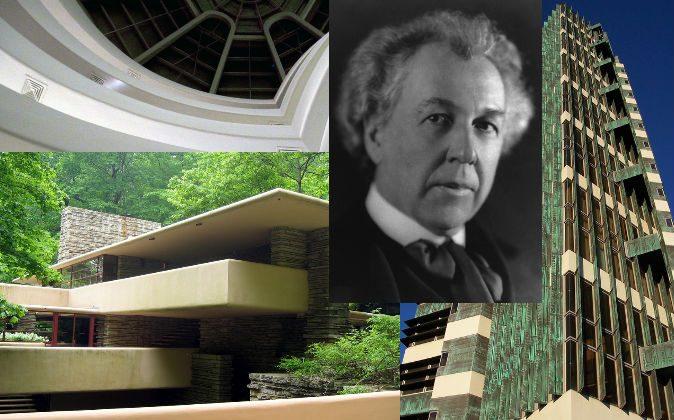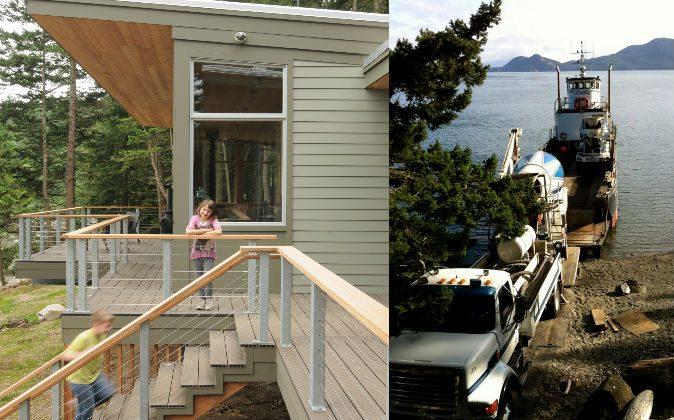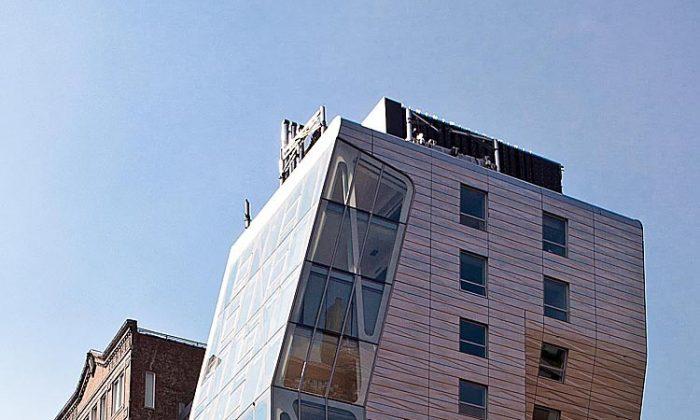For those who are green-minded and wish to make their habitat more sustainable, look no further. The U.S. Green Building Council (USGBC) sketched a roadmap on how to do it, launching their high performance Leadership in Energy and Environmental Design (LEED) Green Building Rating System.
The LEED rating system evaluates and guides building practices toward sustainability on projects such as homes, neighborhoods, retailers, schools, and health care facilities.
According to the USGBC, “LEED certification offers third party validation of a project’s green features and verifies that the building is operating exactly the way it was designed to.”
To attain an LEED rating, high requirements must be met in building criteria such as sustainable site development, water savings, energy efficiency, materials selection, and indoor environmental quality.
LEED is both a green rating system and also a professional credential program for those—real estate professionals, architects, contractors, engineers, and interior designers—who aim to promote and use LEED in the public arena.
International in scope, LEED has projects in progress in 41 countries including Mexico, Brazil, and India. In the United States, both state and local governments are using LEED to make public buildings more sustainable.
LEED has become a benchmark for sustainable building practices around the globe.
The USGBC explains how the rating system works: “LEED is a point based system where building projects earn LEED points for satisfying specific green building criteria. Within each of the six LEED credit categories, projects must satisfy particular prerequisites and earn points. The number of points the project earns determines the level of LEED Certification the project receives. LEED certification is available in four progressive levels: Certified, Silver, Gold, and Platinum.”
So what are the benefits of having a certified LEED home? The USGBC states, “Based on their Home Energy Rating System (HERS) scores, the average home certified under LEED for Homes since its launch in February 2008 is predicted to use an estimated 30 percent to 60 percent less energy than a comparable home built to International Energy Conservation Code.”
Also, an LEED certified building is equipped to lower operating costs, increase value, reduce waste, conserve water and energy, reduce gas emissions, and to function as an overall safe environment.
With so many benefits, green is sure to grow—and LEED is no exception.
The LEED rating system evaluates and guides building practices toward sustainability on projects such as homes, neighborhoods, retailers, schools, and health care facilities.
According to the USGBC, “LEED certification offers third party validation of a project’s green features and verifies that the building is operating exactly the way it was designed to.”
To attain an LEED rating, high requirements must be met in building criteria such as sustainable site development, water savings, energy efficiency, materials selection, and indoor environmental quality.
LEED is both a green rating system and also a professional credential program for those—real estate professionals, architects, contractors, engineers, and interior designers—who aim to promote and use LEED in the public arena.
International in scope, LEED has projects in progress in 41 countries including Mexico, Brazil, and India. In the United States, both state and local governments are using LEED to make public buildings more sustainable.
LEED has become a benchmark for sustainable building practices around the globe.
The USGBC explains how the rating system works: “LEED is a point based system where building projects earn LEED points for satisfying specific green building criteria. Within each of the six LEED credit categories, projects must satisfy particular prerequisites and earn points. The number of points the project earns determines the level of LEED Certification the project receives. LEED certification is available in four progressive levels: Certified, Silver, Gold, and Platinum.”
So what are the benefits of having a certified LEED home? The USGBC states, “Based on their Home Energy Rating System (HERS) scores, the average home certified under LEED for Homes since its launch in February 2008 is predicted to use an estimated 30 percent to 60 percent less energy than a comparable home built to International Energy Conservation Code.”
Also, an LEED certified building is equipped to lower operating costs, increase value, reduce waste, conserve water and energy, reduce gas emissions, and to function as an overall safe environment.
With so many benefits, green is sure to grow—and LEED is no exception.




Friends Read Free